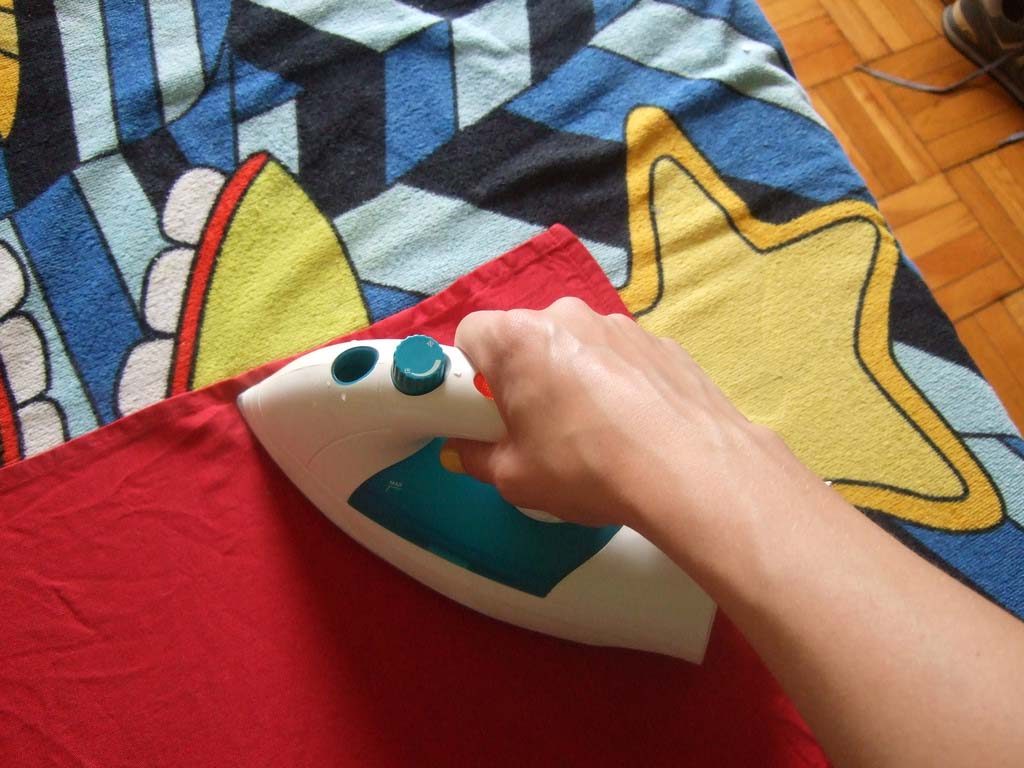
Domestic workers continue to work the longest hours while earning the lowest wages in Qatar, according to recently released government data.
According to figures published by Qatar’s Ministry of Development Planning and Statistics yesterday, domestic workers put in an average of 57 hours each week, with women working two hours more each week than their male counterparts.
On the opposite end of the spectrum, government bureaucrats, teachers and medical workers put in 40 hours of work each week.

Domestic workers are not covered by Qatar’s labor law, which means there are no restrictions on the maximum number of hours that they can work each week.
Domestic worker protection
When it comes to pay, the report found that government employees pulled in an average of QR24,894 monthly in 2014, compared to QR2,742 for domestic workers.
To put that wage gap in perspective, a government employee would have to work for less than three days to earn the same amount of money that the average maid, nanny, cook or driver takes home in a month, an analysis of labor force figures shows.
Additionally, Amnesty International spoke to dozens of female domestic workers earning half the amount stated by the government when it published a major 2014 report titled, “My sleep is my break: Exploitation of migrant domestic workers in Qatar.”
The human rights organization also documented cases of physical and psychological abuse, as well and cases of women working more than 100 hours a week.
Qatar was considering new laws regulating domestic workers in 2011, but shelved those plans as the GCC began negotiating a region-wide common contract that would include a working hours cap and a mandatory day off.
However, those efforts were abandoned slightly more than a year ago.

In the absence of new legislation, a local advocacy group launched a campaign last Ramadan to encourage residents in Qatar and across the region to give domestic workers adequate time off during what’s often one of the busiest times of the year for household cooks and cleaners.
Gender wage gap
The wide-ranging annual labor force survey contains several other findings, including:
- The overall gender wage gap is shrinking: The average monthly salary of a woman working in Qatar is now 85.3 percent of the average man’s salary. That’s up from 77.3 percent in 2011. However, a World Economic Forum report released last year stated that the wage gap is slightly larger when one compares men and women performing similar work.
- Qatar’s construction sector is a huge employer: More than one out of every three working residents in the country are employed in the construction sector. In absolute terms, that works out to 633,823 men and women, up from 568,405 in 2013.
- Many expats lack a formal education: Nearly two-thirds of working expats did not graduate high school.
- There are fewer unemployed Qataris: There were 826 out-of-work Qataris looking for a job in 2014, down from 1,429 a year earlier. Unemployed female Qatari job-seekers continue to outnumber their male counterparts by more than 2:1.
Thoughts?







